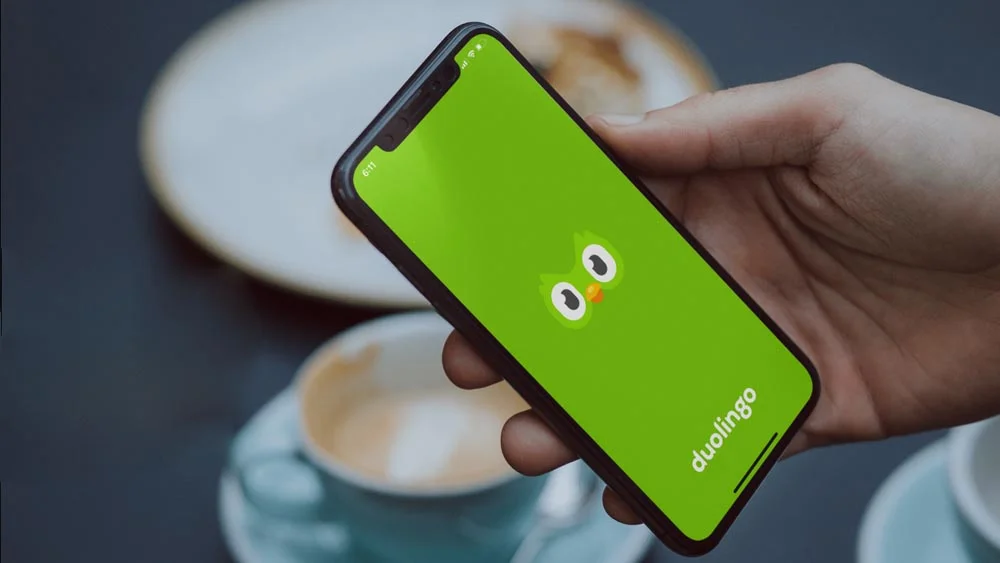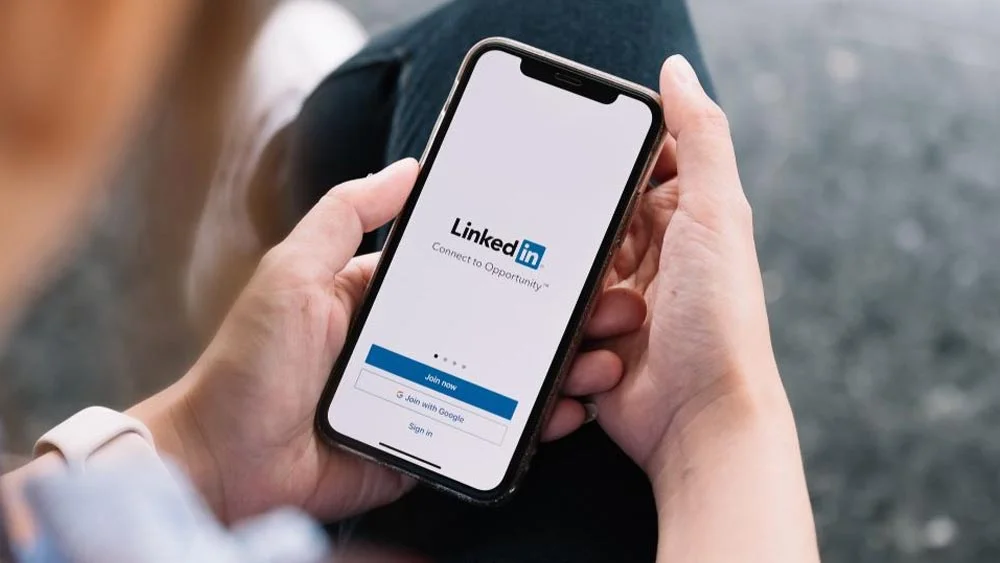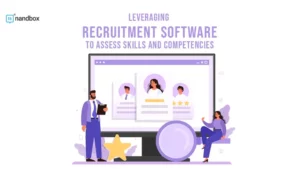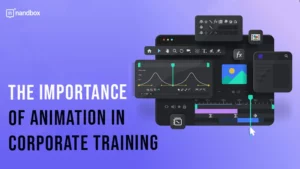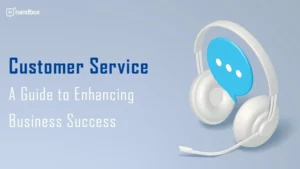Maximizing Your Mobile App Onboarding Experience: Best Practices to Apply
Logically, before stepping into a new place, you have to get through a gate or a door, then get introduced to this place before diving in. Here, we can consider apps as places we go to provide us with solutions. Places might be unfamiliar to new people. That is why they need someone to introduce them to this place briefly and explain its best features. In such a scenario where apps are places, the onboarding process is our tour guide that gets to give us a quick glimpse and tour and tell us what to expect. In this article, we will give you a tour of mobile app onboarding and the best practices you can apply.
What Is the Mobile App Onboarding Process?
As we previously stated, the mobile app onboarding process is the gate to any app. It is the process of introducing your app to users and highlighting its features. Mobile app onboarding usually consists of scrollable screens that the user goes through to get a glimpse of the app’s functions and features and what he should expect later.
The onboarding process of any app usually consists of different screens that contain informative content about the app’s benefits, features, and functions. These screens take many forms, as some apps incorporate interactive screens, some use videos instead of images, and so on. It varies significantly depending on how the app owner or developer wants to present the app or, sometimes, the category of the app. For instance, game apps usually have one of the most engaging and exciting mobile app onboarding processes ever. As they need to keep the user engaged and entertained to the max.
Types of Mobile App Onboarding Process
Since the screens of the mobile app onboarding process can come in a variety of forms, the process itself also comes in multiple types. Without further ado, let us get into the different types of mobile app onboarding.
Progressive Onboarding
Progressive onboarding is everything you’d assume from the name. Instead of just screens once you open the app, progressive onboarding takes it to the next level. It provides users with a thorough walkthrough of the whole app. It usually appears as popups that are personalized for each screen and section and introduce the user to this section in great detail. This type of onboarding is considered one of the best, as it encourages users to interact with the app.
Function-Oriented Onboarding
Function-oriented onboarding always puts the functions and features of the app before anything else. It always emphasizes them greatly. Unlike a simple and brief introduction to each function, it thoroughly explains them and includes step-by-step instructions. Function-oriented is usually not the go-to for all apps, but it always is for apps with unique and complex features.
Benefits-Oriented Onboarding
Instead of focusing on functions, this time the onboarding process will focus more on the benefits that the app offers users. This onboarding process makes use of the users’ needs and demands and starts highlighting them in a captivating way so that whenever a user opens the app for the first time, he will find everything that he is looking for. It stresses the idea that it is life-changing and is able to solve all the user’s problems. For example, the Evernote app uses a benefit-oriented onboarding process. They emphasize the benefit of having accessible notes anywhere.
Account Setup Onboarding
The most common onboarding process that you will definitely come across is the account setup process. Account setup onboarding adds the best of both worlds, introducing the app while getting the user to register. First, the app would give you a small introduction to the app, and along the way, it would keep on doing the same but include the registration steps. The account setup onboarding is very effective, as it makes the registration process fun and interactive while also learning more about the app.
Examples of Great Mobile App Onboarding Process
Duolingo
Duolingo is a popular language-learning app that provides a seamless onboarding experience to help users get started with their language-learning journey. What makes the onboarding process at Duolingo unique is the gamification and visual elements that they implement along the way, which make it more fun and engaging. Additionally, the app includes the resignation process along the way by asking all the necessary questions to complete the process. Duolingo sets clear goals for users by asking them to select their language learning level and the amount of time they are willing to dedicate to learning each day. This helps users set realistic expectations for the app and personalize the learning process.
LinkedIn is a professional networking app that helps users connect with colleagues, build their professional brand, and explore career opportunities. It incorporates the account setup and onboarding processes. This means that the onboarding process focuses on helping users create a comprehensive profile and connect with relevant professionals. LinkedIn guides users through the profile creation process, encouraging them to provide essential information such as their education, work experience, skills, and profile picture. This step ensures that users have a complete and professional profile from the start. Additionally, the app provides users with tips about how to make their profiles better along the way.
Mobile App Onboarding: Best Practices to Follow
Now that you know the types of mobile app onboarding processes as well as some examples to visualize. Now we get to the most important part, which is the best practices to follow. The mobile app onboarding process needs to be properly planned as it is the first thing the user comes across, so it needs to precisely serve its purpose. So here are the best six mobile app onboarding best practices:
Emphasize Your App Features
The first mobile app onboarding best practice is emphasizing your app’s features. The features and benefits of your app should be front and center during the onboarding process for mobile apps. Those who are considering using your app want to know how it will improve their lives. Make sure that the onboarding process for your app emphasizes its most useful features and functions. Explain the features and functionality of your app in simple terms that anyone can understand. Help your users see the value of continuing to use your app.
Make It Quick and Brief
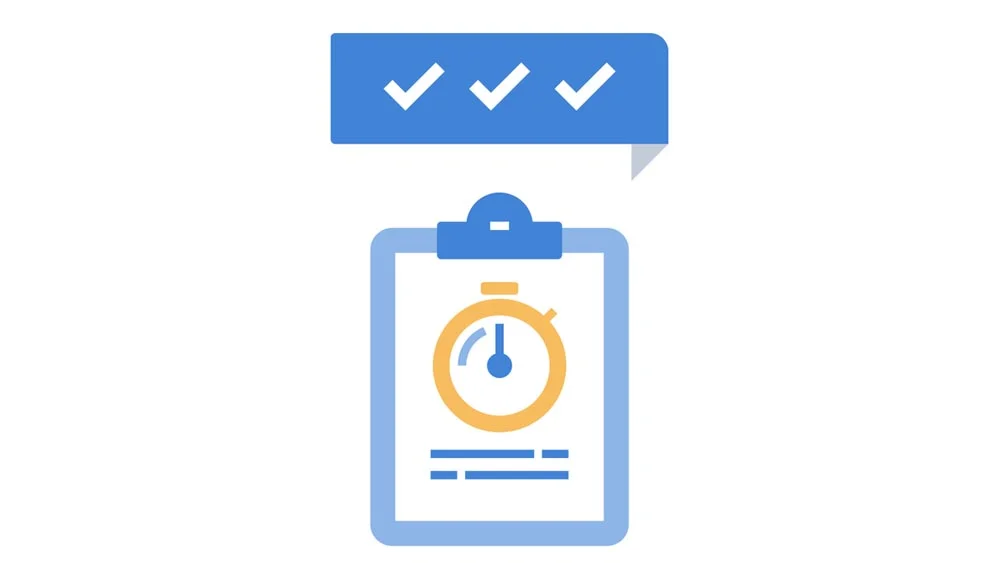
Maintaining a short and brief onboarding process is one of the most important practices, and it contributes to its overall success. Make sure your onboarding process is brief and to the point, as users don’t want to spend too much time learning how to use your app. Don’t overwhelm users with details; instead, highlight the most crucial features of your app. Users are more likely to return if the experience is pleasant and straightforward.
Don’t Overcomplicate the Resignation Process
If one thing users definitely hate is a complicated and unclear resignation process. The first thing users usually encounter is resignation, especially if the app incorporates account setup onboarding. An unclear resignation process eradicates any advantages of the onboarding process, as it usually aims to improve the user experience and increase user acquisition and retention rates. If a user came across a resignation process with many questions and a hard process, he would be less likely to be interested in or use the app again.
Include Appealing Visuals to Guide Users Through the Onboarding Process
Visuals are a powerful tool to help users understand how to use your app. Including appealing visuals in your onboarding process can make it easier for users to follow along and learn how to use your app. Use screenshots, animations, or videos to demonstrate how to use key features and functions. Make sure the visuals are clear and easy to understand, and use them to highlight the benefits of using your app. By including appealing visuals in your onboarding process, you can create a more engaging and memorable user experience.
Give Them the Option to Skip
We all know that app developers implement onboarding processes to introduce users to the app. However, not all users are the same. Some users prefer to go straight to the app and avoid any intros; maybe these users need to use the app immediately, or maybe they are old users who decided to use the app again. Many scenarios can lead users to skip the onboarding part. This is why, while adding an onboarding process, you also need to add an option for users to skip or exit the process. You can’t force them through it, as it can lead to major user frustration and dissatisfaction.
Personalize the Process
The onboarding process for a mobile app works best when it is tailored to each individual user. Learn about your users’ preferences and interests through analytics, and adjust the onboarding experience accordingly. For instance, you can tailor the onboarding experience to each individual user by emphasizing features that you know will be of particular interest to them. You might also think about letting consumers pick their own preferences and skip some steps during the onboarding process. By tailoring the onboarding process to each individual user, you can make it more engaging and effective.


